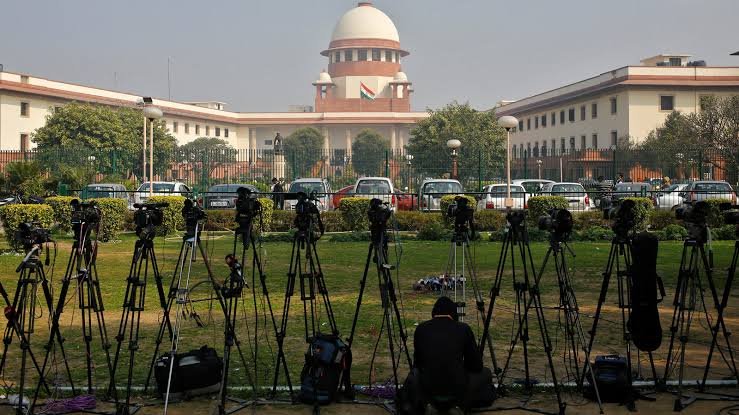India recently appointed new judges to the Supreme Court and several high courts. But once again, very few women made it to the list.
Back in 2021, a photograph of the then chief justice surrounded by four female judges was celebrated as a historic moment. It was the largest number of women the Supreme Court had ever had at one time, and many believed it would mark the start of a more balanced judiciary.
Four years later, that optimism has faded. Three of those women have since retired, and today only one woman remains on the 34-member bench.
A Long History of Underrepresentation
The Supreme Court has been overwhelmingly male since its founding in 1950. It took nearly four decades for the first female judge to be appointed, and in 75 years, only 11 women have served there—less than 4% of the total.
The imbalance is just as stark in the high courts, where more than 670 judges are men and just over 100 are women. Some high courts have no women at all.
Missed Opportunities
Many expected the most recent appointments to help fix this imbalance. Instead, two male judges were promoted, even though several women were senior and eligible. Similar trends have played out in other high courts—dozens of new judges were appointed, but only a handful were women.
This has sparked frustration among lawyers and legal groups, who argue that gender diversity is essential for a fair and representative judiciary.
Why Diversity Matters
Supporters of change stress that women make up half of India’s population, and their voices must be represented in the country’s highest courts. Diversity on the bench doesn’t just mean regional representation—it also means gender.
Different life experiences shape how judges interpret cases. Having women on the bench can improve judicial outcomes, challenge bias, and even change the courtroom atmosphere by curbing insensitive remarks.
The Debate on Quotas
Some believe the solution lies in reserving a percentage of seats for women. Critics argue this could compromise merit, but supporters counter that women already work harder to prove themselves while balancing family responsibilities, and many are just as qualified—if not more so—than their male peers.
Looking Ahead
Advocates suggest setting a realistic target: ensuring women make up at least 30% of judges within the next five years, with the long-term goal of equal representation.
More women in high courts and the Supreme Court would not only strengthen the judiciary but also inspire young women in the legal profession to stay and aim for the top. Without change, many may feel the system is stacked against them from the start.



